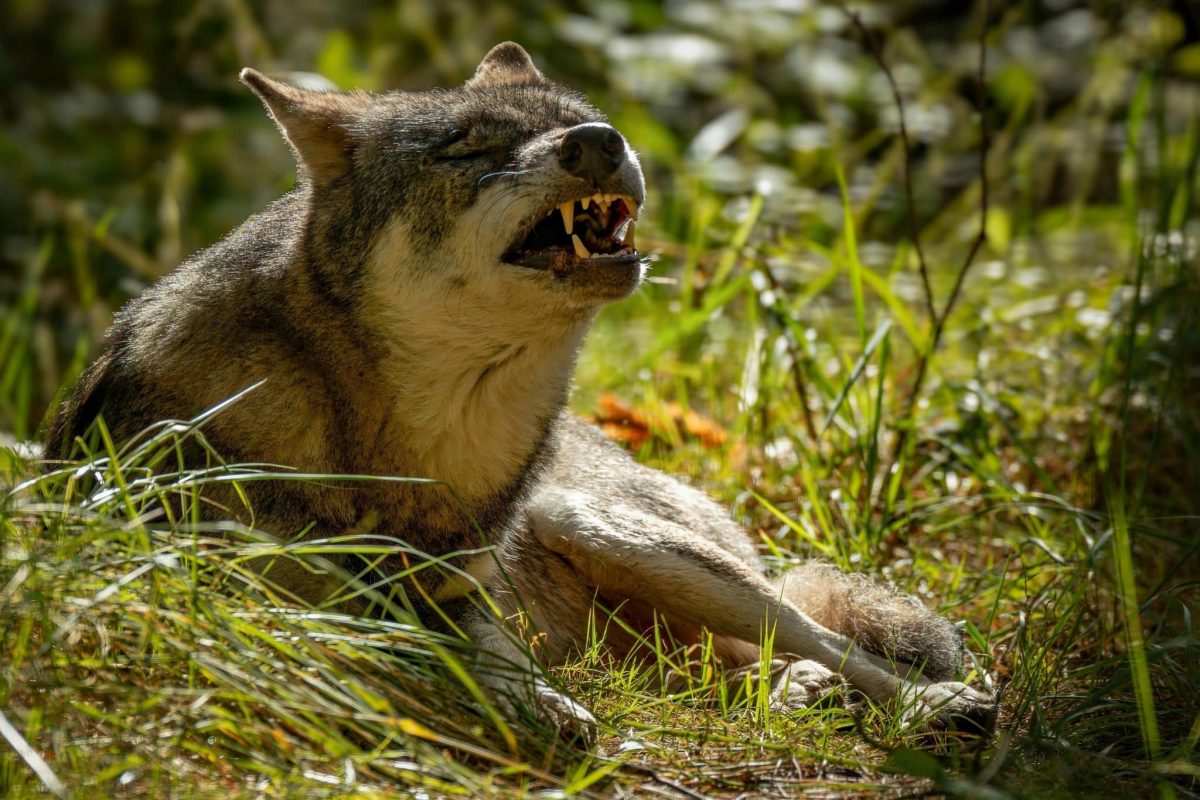
 Shutterstock
Shutterstock
Loud sounds in the animal kingdom serve many important purposes. Some animals have evolved incredibly powerful vocalizations that can be heard for miles, making them some of the loudest creatures on Earth. These sounds are not just startling but essential for communication, marking territory, and attracting mates. Their vocal abilities are crucial for their survival. These animals demonstrate that, in nature, being heard can be just as important as being seen, proving that sometimes the loudest voices have the greatest impact in the wild.
Blue Whale
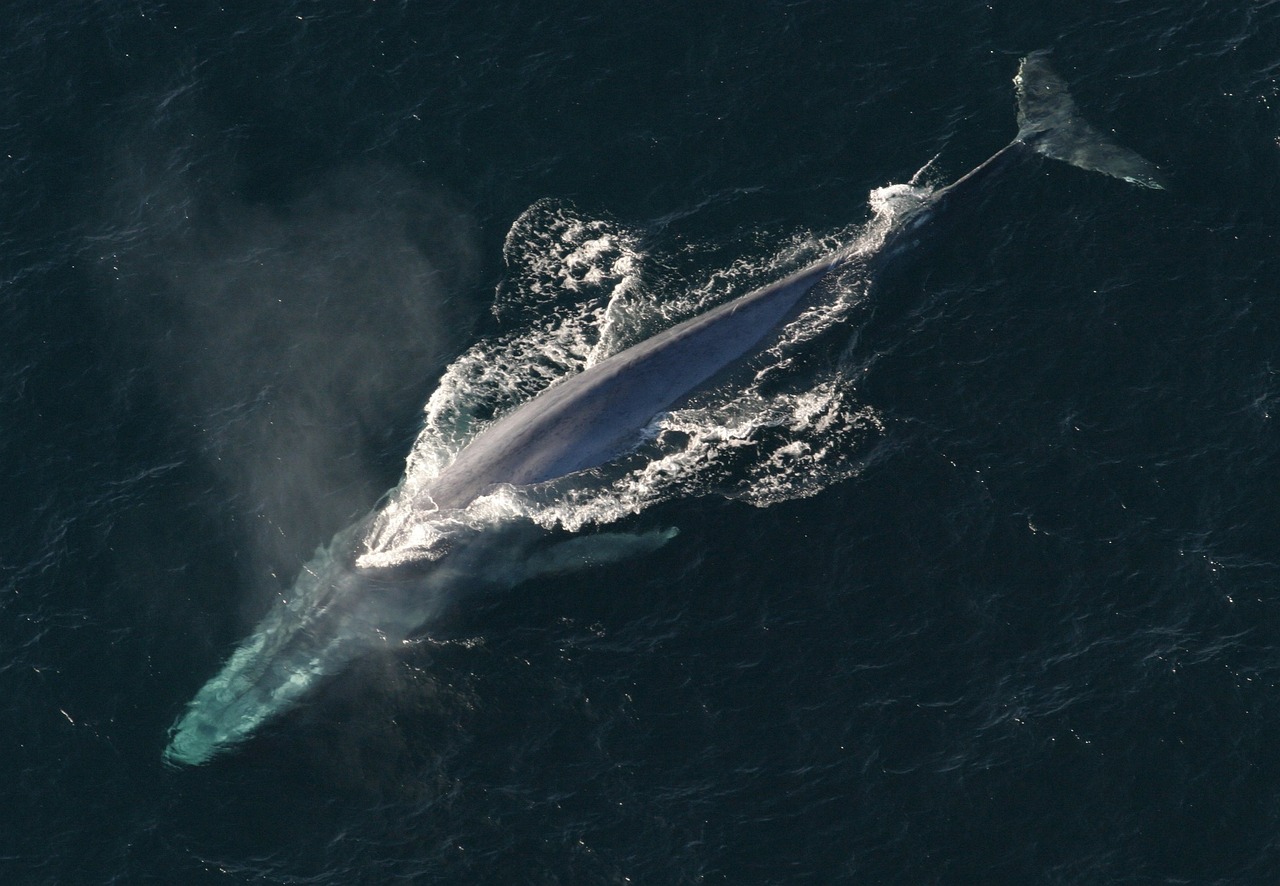 Shutterstock
Shutterstock
The blue whale holds the title of the loudest animal on Earth, capable of producing calls that reach up to 188 decibels. To put that into perspective, a jet engine takes off at around 140 decibels, making the blue whale’s vocalizations louder than a jet at close range. These incredible sounds travel vast distances underwater, allowing blue whales to communicate over hundreds of miles. This ability to communicate over such great distances is crucial for these ocean giants, as it helps them find mates and coordinate during migration.
Howler Monkey
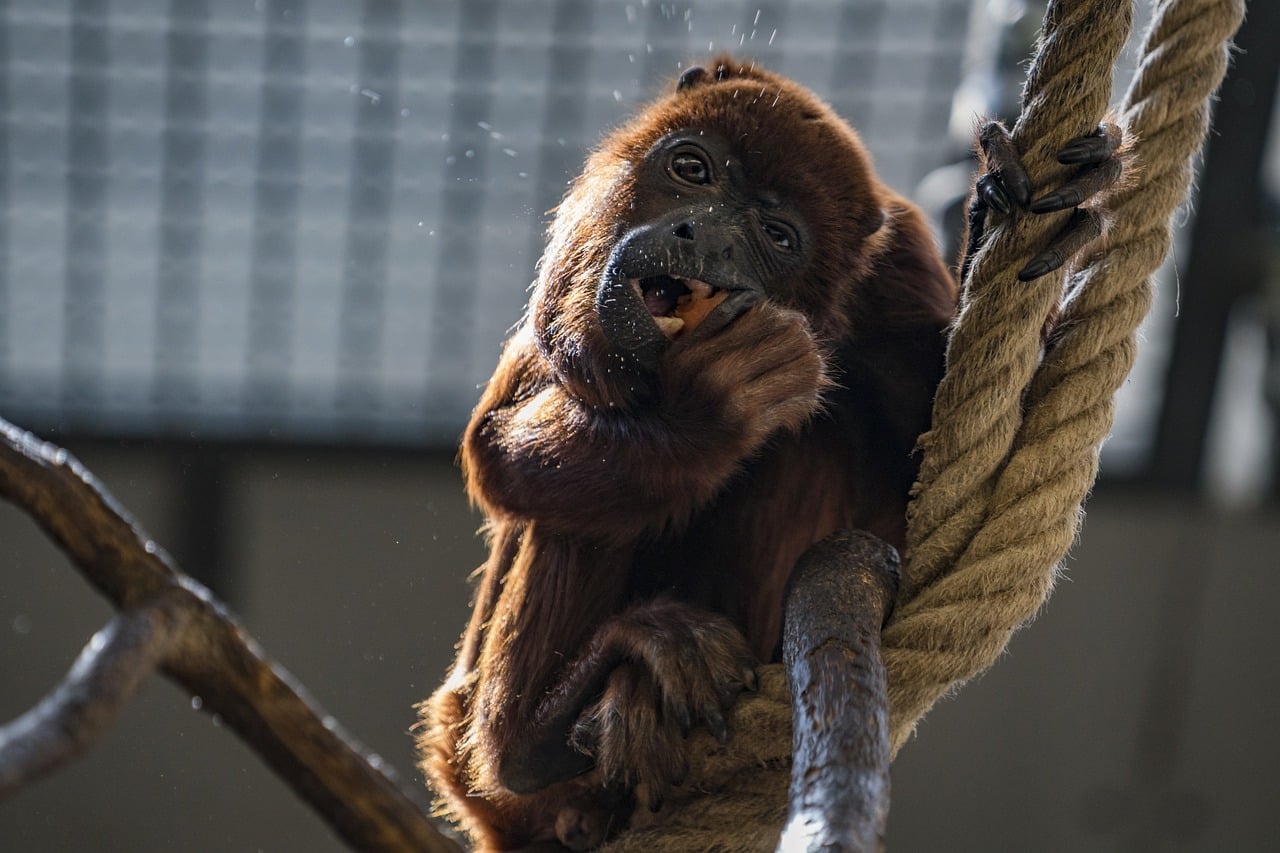 Shutterstock
Shutterstock
The howler monkey, as its name suggests, is famous for its incredibly loud calls, which can be heard over three miles away in dense forests. Their calls are produced by an enlarged hyoid bone in their throat, allowing them to amplify their vocalizations. These monkeys use their powerful howls to mark territory and communicate with others in their troop. Their loud, almost eerie vocalizations are a critical part of maintaining social structure and warding off rival groups, making sure everyone knows their territory is claimed.
Lion
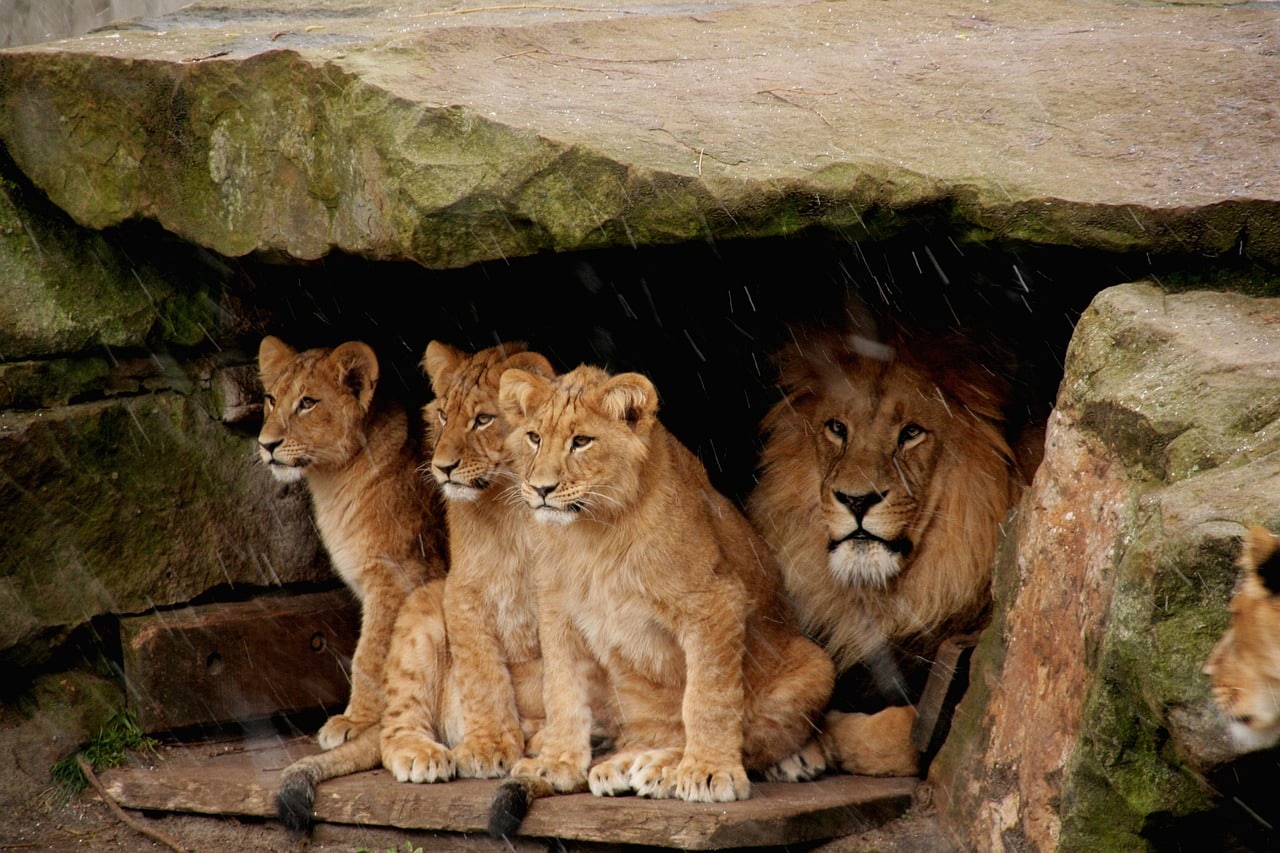 Shutterstock
Shutterstock
Lions are known for their majestic roars, which can be heard from up to five miles away, especially on calm nights. A lion’s roar is one of the most iconic sounds in the animal kingdom, and it serves several important purposes. Roaring helps lions communicate with pride members, especially in the vast, open savannas where they live. It also serves as a warning to other lions, signaling that the territory is already claimed. Additionally, the roar can be a tool in establishing dominance and asserting power within the pride.
Elephant
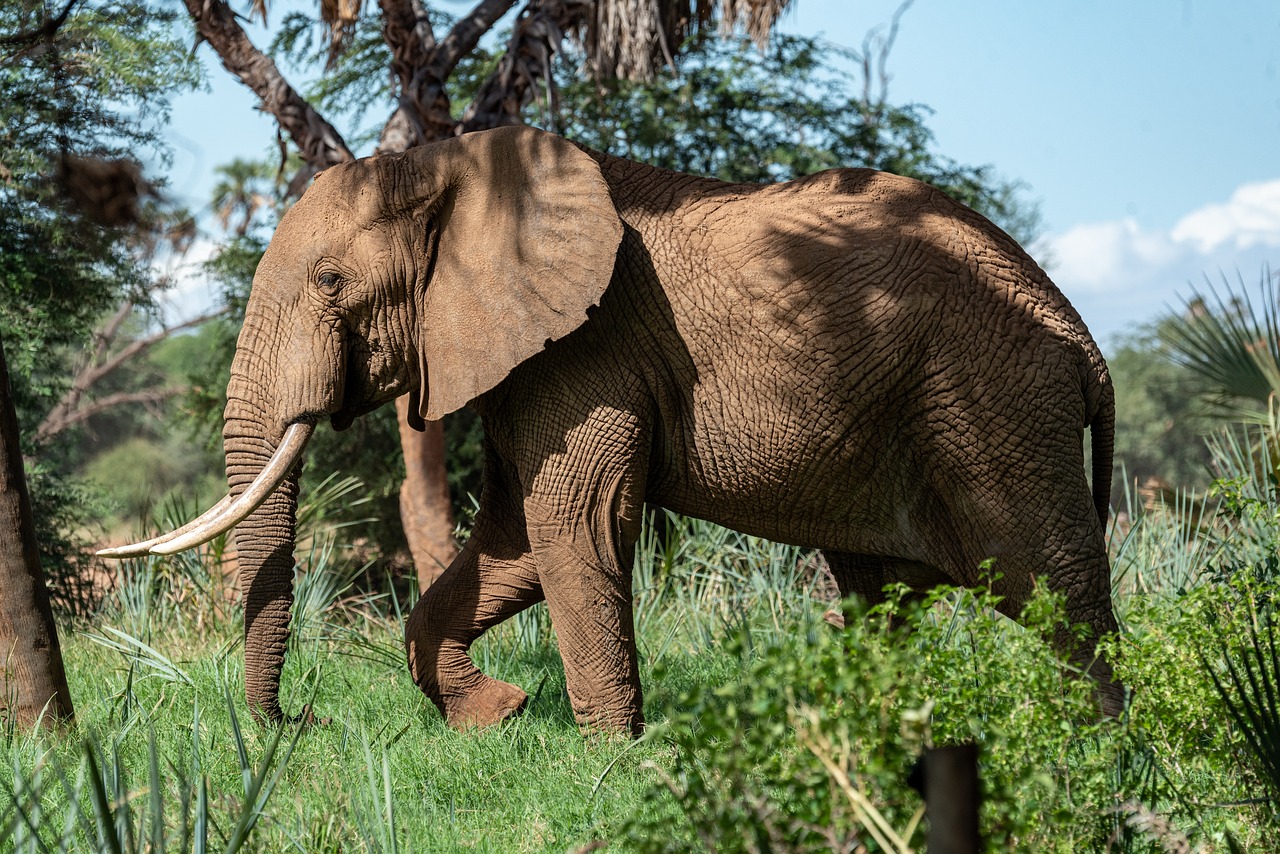 Shutterstock
Shutterstock
Elephants are another massive creature with an impressive vocal range. Though their sounds are often associated with trumpeting, they can also produce low-frequency rumbles that are incredibly loud and can be heard from several miles away. These rumbles travel through the ground, allowing elephants to communicate with each other over long distances. Elephants use their vocalizations for a variety of reasons, from warning each other about predators to coordinating movements within their herd. Their deep, resonant calls are crucial for maintaining their social structure and ensuring the survival of the group.
Humpback Whale
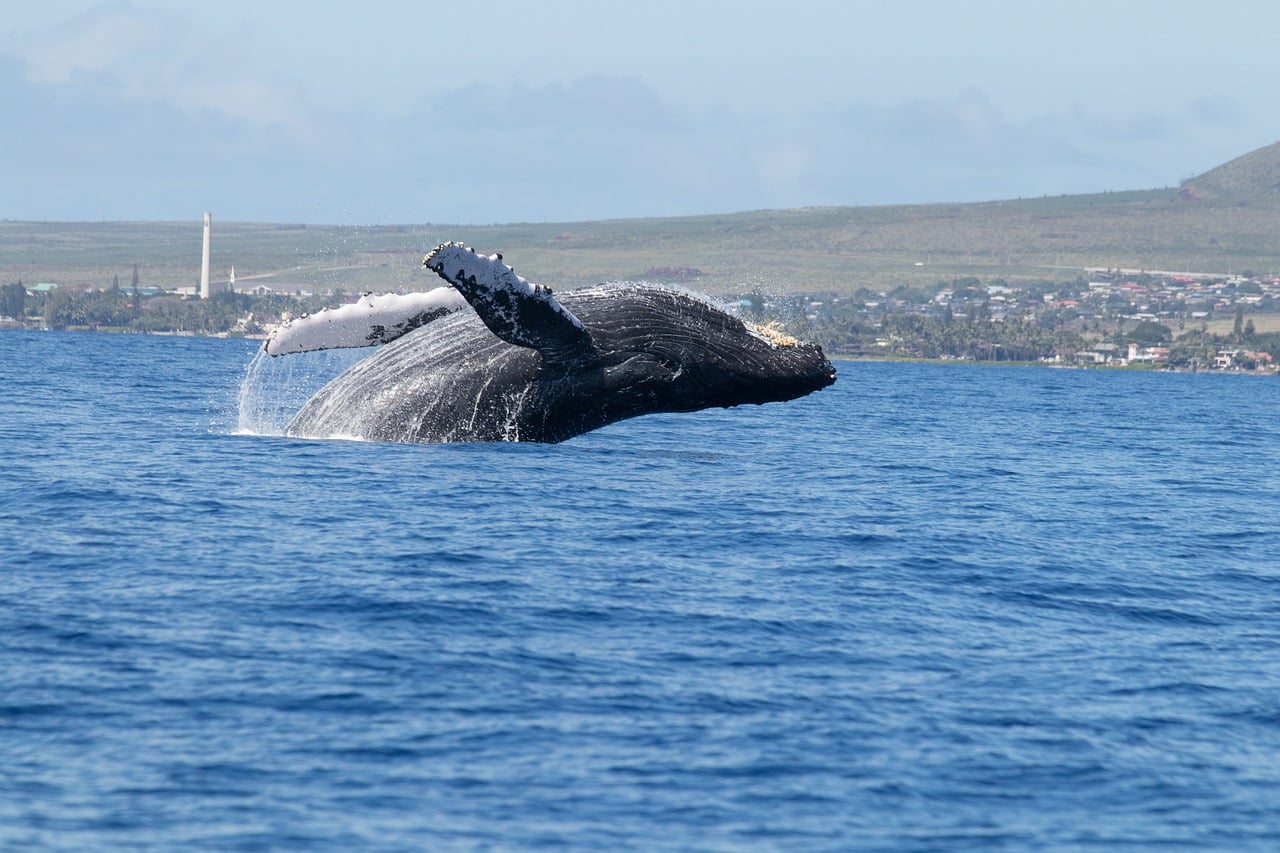 Shutterstock
Shutterstock
While the blue whale is the loudest, the humpback whale also deserves a spot on this list for its incredibly complex and powerful songs. These whales produce a wide range of sounds, from low-frequency moans to high-pitched calls, that can travel for hundreds of miles underwater. Humpback whales are known for their long, repetitive songs, which are believed to play a role in mating rituals. The sound of a humpback’s song can be so powerful that it reverberates through the ocean, ensuring that it can be heard by other whales across great distances.
Howling Wolf
 Shutterstock
Shutterstock
Wolves are famous for their haunting howls, which can be heard over vast distances in the wild. A wolf’s howl can travel for several miles through forests, mountains, and tundra, making it an effective communication tool in their territory. Wolves use their howls to communicate with other pack members, especially when hunting or regrouping. It also serves as a territorial marker, warning rival packs to stay away. The howl of a wolf is eerie and mournful, yet vital to maintaining the complex social structure of the pack.
Cicada
 Shutterstock
Shutterstock
Cicadas are infamous for their loud, buzzing calls, which are made by males during the mating season. These sounds can reach over 120 decibels, making them one of the loudest insects on Earth. Cicadas use their vocalizations to attract mates, often in massive numbers, creating a constant background hum in warm climates. Their loudness can rival even the noise of a chainsaw, making them a truly noisy insect.
Bison
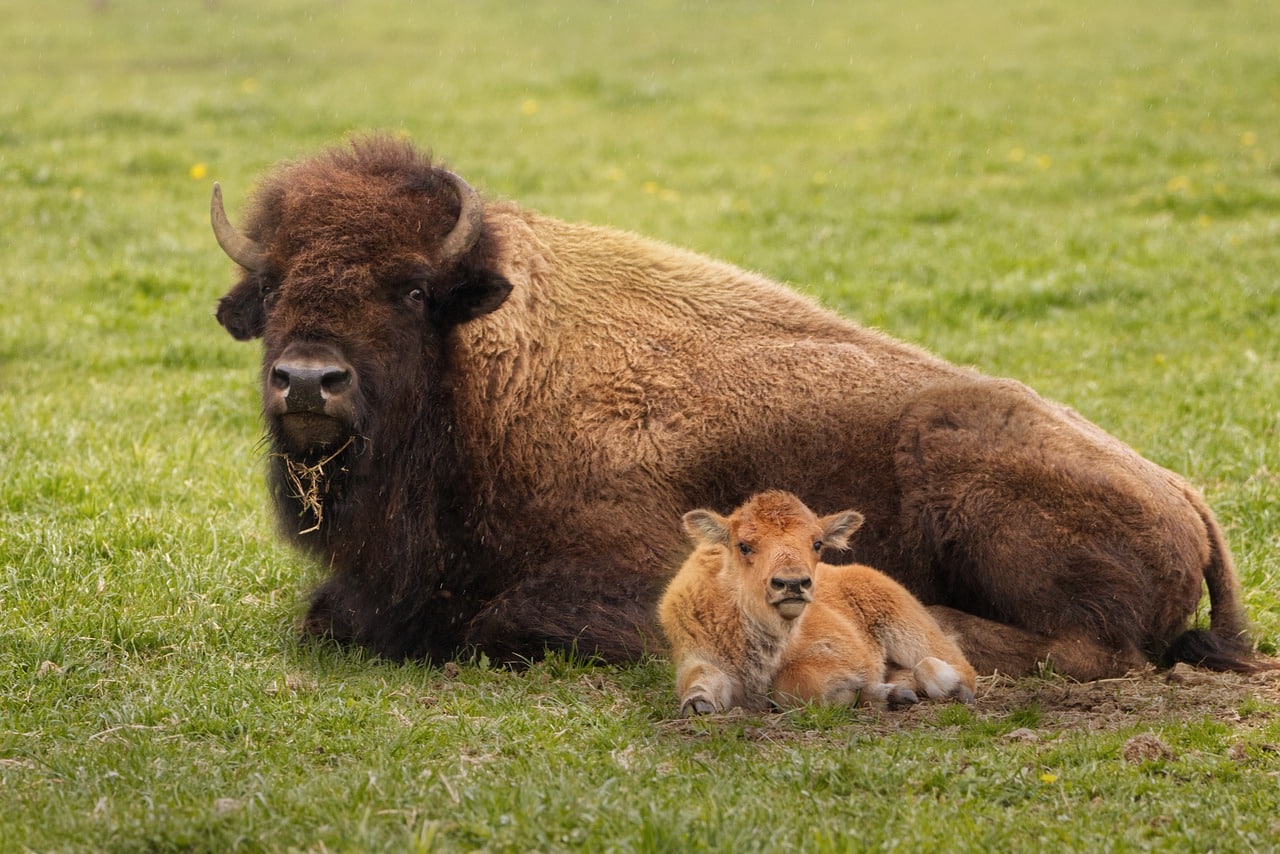 Shutterstock
Shutterstock
Bison may not be as vocal as other animals, but their grunts, bellows, and snorts can be incredibly loud, especially during the mating season. These vocalizations are used for communication within the herd, to assert dominance, and to warn of potential danger. Bison’s deep bellows can be heard across the plains, serving as a powerful tool to communicate with other bison. Their calls contribute to the thunderous presence these majestic animals have in the wild.
Nightingale
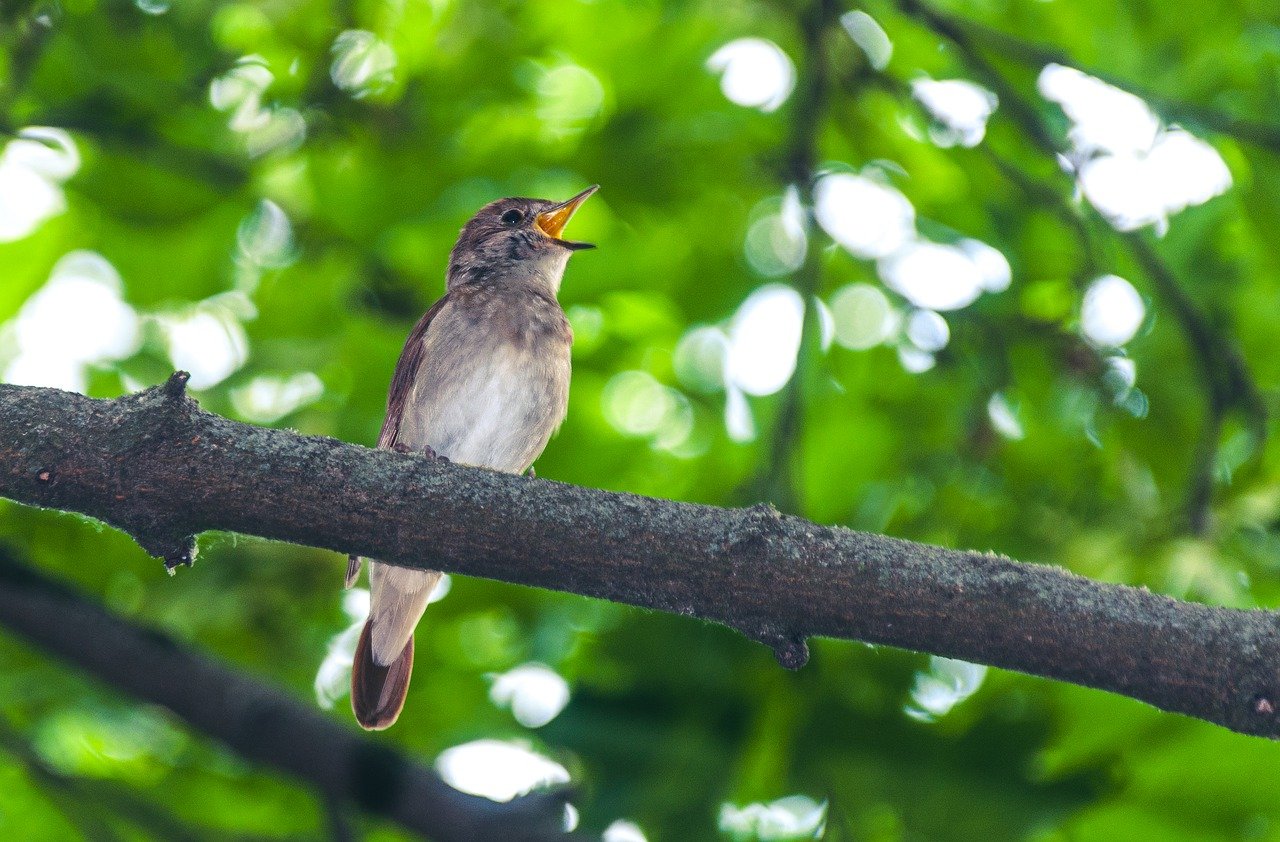 Shutterstock
Shutterstock
Nightingales are small, unassuming birds with an extraordinary vocal range. Their song can be heard in the early hours of the morning, and they produce some of the loudest bird songs in the world. Nightingales have an incredible ability to produce complex melodies that can carry for long distances. Their songs are primarily used by males to attract females and assert their territory. A male nightingale’s powerful, beautiful song is not only a sign of health and fitness but also a means of drawing attention to potential mates in the dense underbrush.
Red Kangaroo
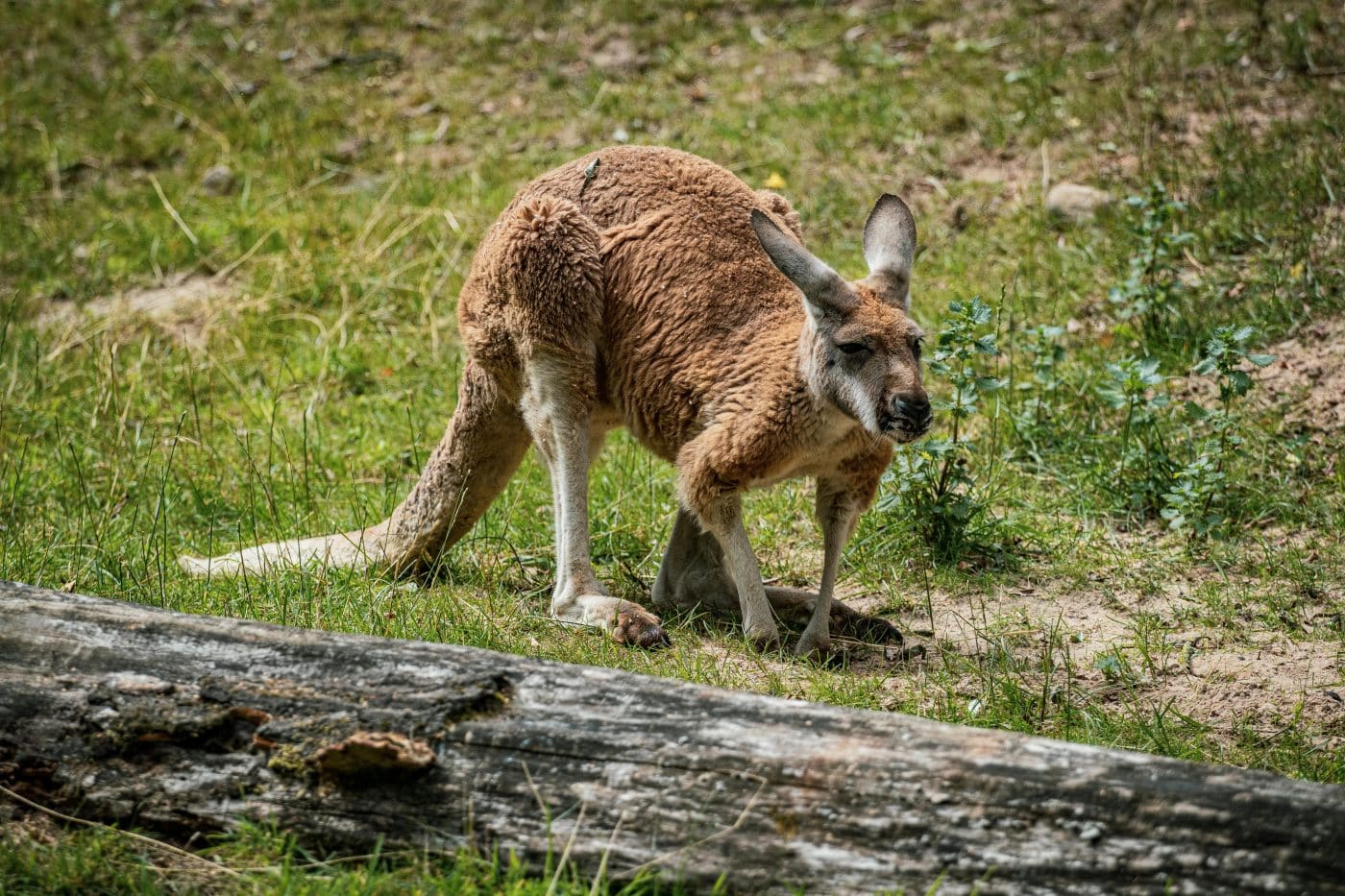 Shutterstock
Shutterstock
The red kangaroo, the largest of all kangaroo species, is famous for its loud, deep booming noises that are especially pronounced during mating season. While kangaroos are usually quiet creatures, the males produce these powerful sounds to attract females and deter rivals. The deep rumbling noises are often accompanied by gestures such as thumping their feet on the ground. The loud calls of the red kangaroo serve as a form of communication to announce their presence and maintain dominance in their territory.
Cheetah
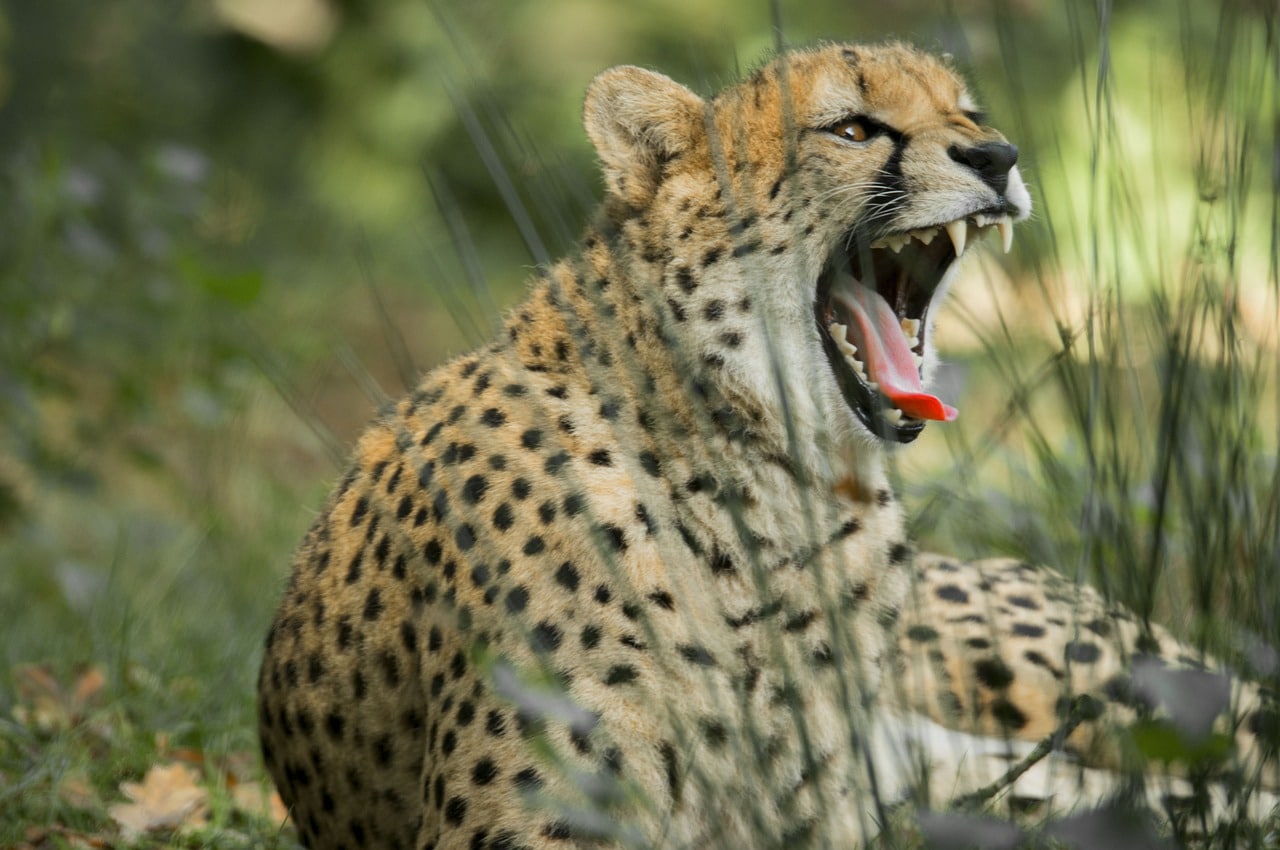 Shutterstock
Shutterstock
Although cheetahs are known for their speed, they are also quite capable of making loud vocalizations. Unlike lions or tigers, cheetahs don’t roar, but they make a variety of high-pitched calls, including chirps and purrs. The chirps are especially loud and are used to communicate with other cheetahs, particularly mothers calling their cubs. These sounds can be heard from quite a distance, and the cheetah’s chirping call stands out in the savanna, especially during the mating season when the calls become more frequent.
The Loudest Party In Nature
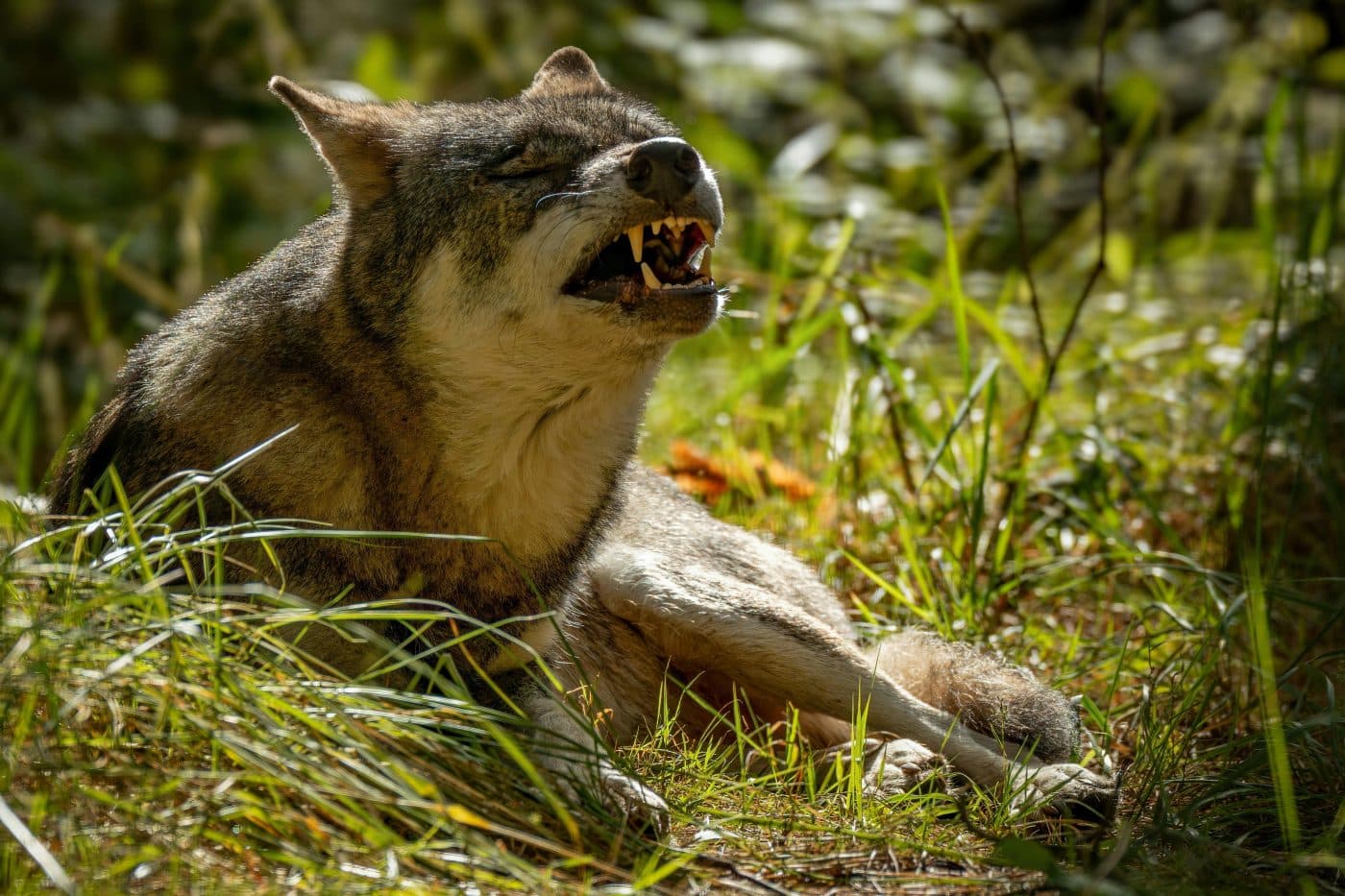 Shutterstock
Shutterstock
The natural world knows how to make serious noise when it comes to loud animals. These creatures can make your loudest moments seem like a whisper. Their vocalizations are designed to travel vast distances, serving crucial survival functions like communication, marking territory, and attracting mates. In the animal kingdom, being heard is just as important as being seen. These animals have mastered the art of noise and take it to a whole new level. So, next time you think you’re loud, remember—they’ve got you beat!

